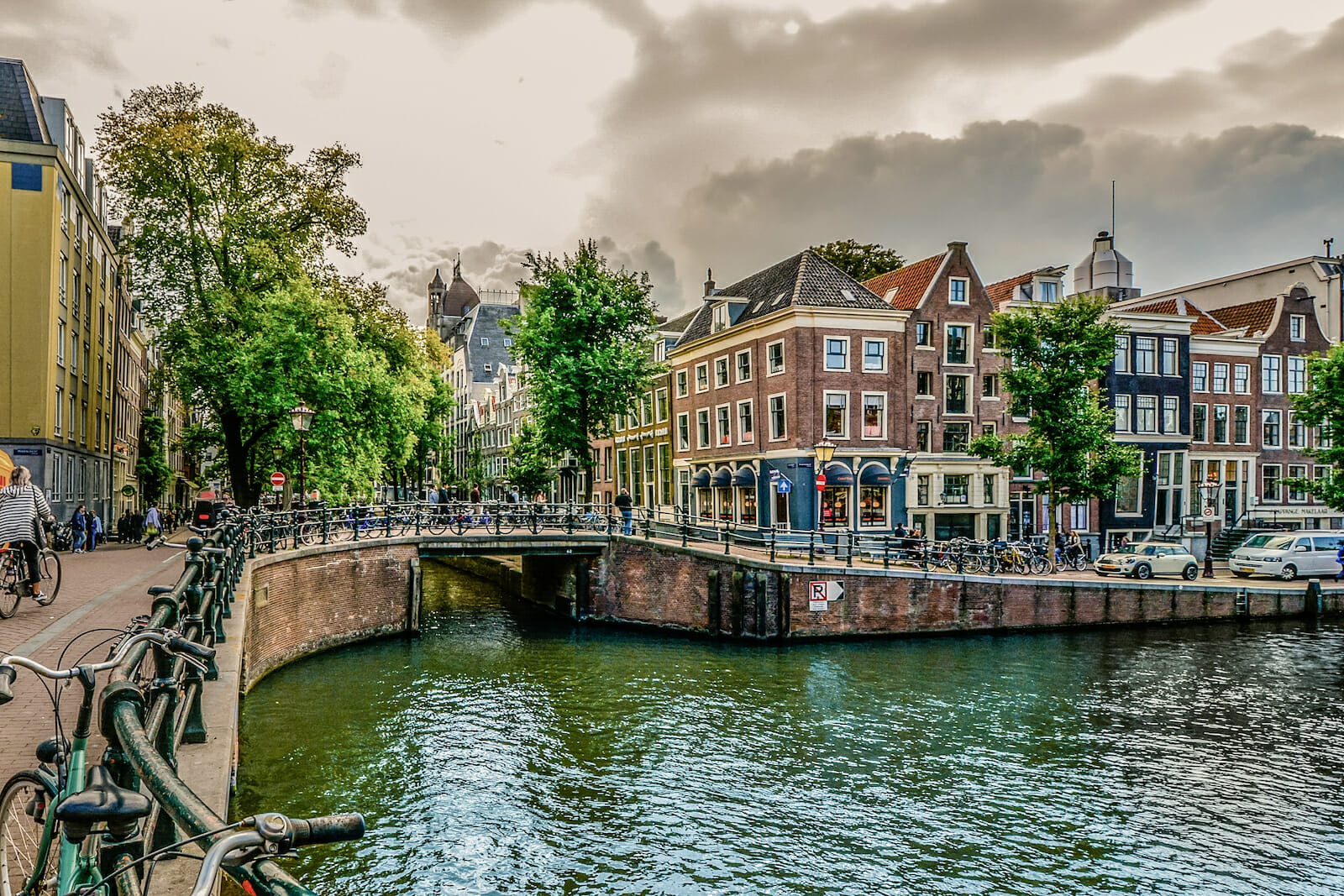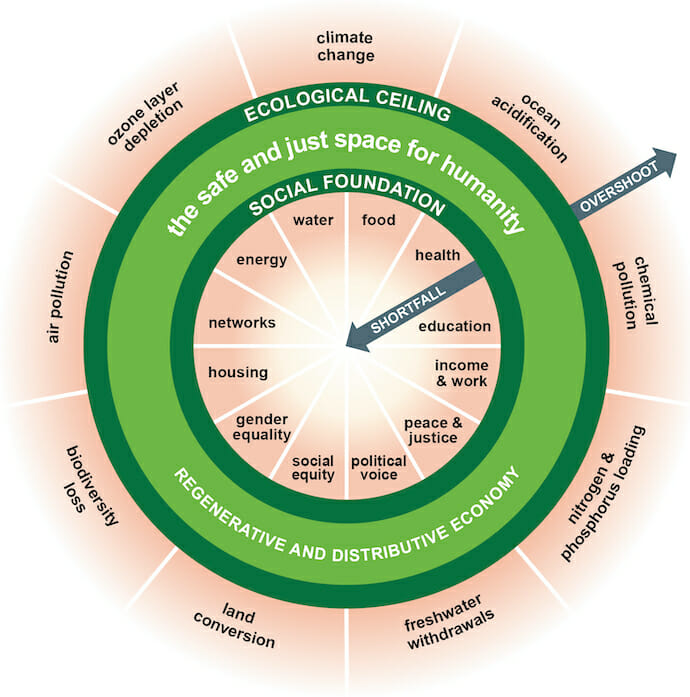
Business
Doughnuts to the Rescue of the World Economy
We have seen a significant and unparalleled change in human metrics over the last fifty years. The capitalist economies have served us well in so many ways. Yet, there are deep disparities. Income inequality has increased in almost every region, albeit at varying degrees. At the same time, we see global environmental destruction, extinction of species at unprecedented levels, extreme pressure on food supplies and water systems, rapid deforestation, and climate change. In short, today’s markets are unsustainable. We need a new economic model that benefits both the people and the planet.
The doughnut principle, proposed by British economist Kate Roworth, could be a starting point in the conversation on a new economic model post-COVID-19. The doughnut economy model was first published in a report for Oxfam. The idea quickly spread throughout the world. Essentially, this model notes that social and environmental sustainability must be the guiding principles for economic policies in the 21st century and influence economic behavior. There is no triple-bottom-line: social and environmental sustainability should be at the forefront and then the economy.
The idea behind the doughnut model is simple. If you look at the shape of a doughnut, you see two circles. A small circle in the middle and a large circle on the outside. The smallest circle represents the basic needs that each country requires. The large circle represents the self-sustaining capacity of the planet. All societies must develop policies that stay between the two lines. Unfortunately, nowadays, many economies go beyond these lines, resulting in far-reaching consequences. Economic policies must be tailored to thrive between these lines.

Providing a framework for a circular economy using the doughnut requires us to work together to care for the planet. Amsterdam will become the first city in the world to adopt the “doughnut” economic model. The doughnut economic model aims to create a circular economy that would enable us all to thrive, rather than constant never-ending growth. Amsterdam will adopt its own scaled-down “city portrait” version that will focus first on what they can do on a city level to ensure people’s basic needs are being met while preserving the planet.
Many people in Amsterdam are struggling economically. Nearly 20% of the cities’ tenants have very little money saved after paying rent. There are 60,000 online applications for social housing assistance and only 12% of them are receiving help. That leaves the other 88% to fall into the doughnut hole. As for the outer portion of the ring, since 1990, Amsterdam has increased its carbon emissions by 31%. They estimate that 62% of these emissions come from imports, such as food, various consumer products, and building materials. This new approach adopted by Amsterdam could set as a model of inspiration for other major cities.
This is the right time to make this shift, but only if we seize the opportunity. The choice remains clear: to continue on our current path or shift to a more sustainable approach. The latter route brings immense opportunity by developing new models to lead to more rapid and sustainable results. Through such an approach, we must prioritize the wellbeing of mankind and the planet by creating new markets and technologies, exploring moonshot innovation, developing solutions for our most intractable challenges, and ensuring that the human aspiration can be sustained for the decades to come. We need to make this choice now.

